Author: Paul Amico
In the early days of American craft brewing, ale was the primary focus, in large part because the various flavorful styles were a reaction to the simple pale lager being produced by corporate breweries. However, many brewers of the time also relied on the environment for temperature control, which made brewing traditional lager styles difficult. In order to please the palates of patrons seeking something a bit more familiar that didn’t require taking out a second mortgage for new gear, American brewers developed what has come to be known as Blonde Ale.
American Blonde Ale is a style viewed as being easily approachable not just for drinkers, but brewers as well, as the ingredients and brewing process tend to be rather simple. Typically made with pale malt, a small to moderate does of American hops, and fermented with a clean yeast strain, the BJCP provides the following description of American Blonde Ale:
Easy-drinking, approachable, malt oriented American craft beer, often with interesting fruit, hop, or character malt notes. Well-balanced and clean, is a refreshing pint without aggressive flavors.
When was the last time you heard someone say American Blonde Ale is their favorite style? Chances are your response is the same as mine— never. That’s not to say Blonde Ale is in any way bad and may in fact speak to the intentions of those who originally developed it. What I love about this style is that it just always works, despite the seeming lack of passion behind it; if a brewery has one on tap, I’ll almost certainly order a pint or more, often as a palate cleanser between more assertive beers. Having brewed many batches of American Blonde Ale over the years, I was curious what tasters would think of one made using Short & Shoddy methods and designed a recipe to test it out!
| BREWING THE BEER |
The recipe for this American Blonde Ale was loosely inspired by Marshall’s Best Blonde Ale recipe, though I changed the hop schedule a bit to keep it unique.
Short & Shoddy American Blonde Ale
Recipe Details
| Batch Size | Boil Time | IBU | SRM | Est. OG | Est. FG | ABV |
|---|---|---|---|---|---|---|
| 5.5 gal | 30 min | 21.5 | 5.5 SRM | 1.04 | 1.008 | 4.2 % |
| Actuals | 1.04 | 1.008 | 4.2 % | |||
Fermentables
| Name | Amount | % |
|---|---|---|
| Lamonta: Pale American Barley Malt | 8 lbs | 86.49 |
| Shaniko: White Wheat Malt | 12 oz | 8.11 |
| Caramel Malt 15L | 8 oz | 5.41 |
Hops
| Name | Amount | Time | Use | Form | Alpha % |
|---|---|---|---|---|---|
| Magnum | 10 g | 30 min | Boil | Pellet | 12 |
| Cascade | 7 g | 25 min | Boil | Pellet | 5.5 |
| Cascade | 7 g | 10 min | Boil | Pellet | 5.5 |
| Columbus/Tomahawk/Zeus (CTZ) | 7 g | 10 min | Boil | Pellet | 15.5 |
| Cascade | 7 g | 5 min | Boil | Pellet | 5.5 |
Yeast
| Name | Lab | Attenuation | Temperature |
|---|---|---|---|
| Cablecar (L05) | Imperial Yeast | 75% | 32°F - 32°F |
Notes
| Water Profile: filtered Fresno tap water |
Download
| Download this recipe's BeerXML file |
I started my brew day at 9:01 AM by collecting the full volume of filtered tap water, which I opted not to adjust with minerals.
I then flipped the switch on my 120v Clawhammer eBIAB system to get the water heating up before weighing out and milling the grain.
When the water was properly heated, I stirred in the grist then checked to make sure it was at my target mash temperature of 150°F/66°C before covering the tun and turning on the pump to recirculate. At this point, I prepared the kettle hops.
Once the brief 30 minute mash rest was complete, I removed the grains and let them drip into the kettle while the wort was heating up.
The wort was boiled for just 30 minutes with hops added at the times stated in the recipe. At the completion of the boil, I quickly chilled the wort during transfer to a sanitized fermenter.
A refractometer reading showed the wort was right where I wanted it to be at 1.040 OG, indicating a brewhouse efficiency of 65%.
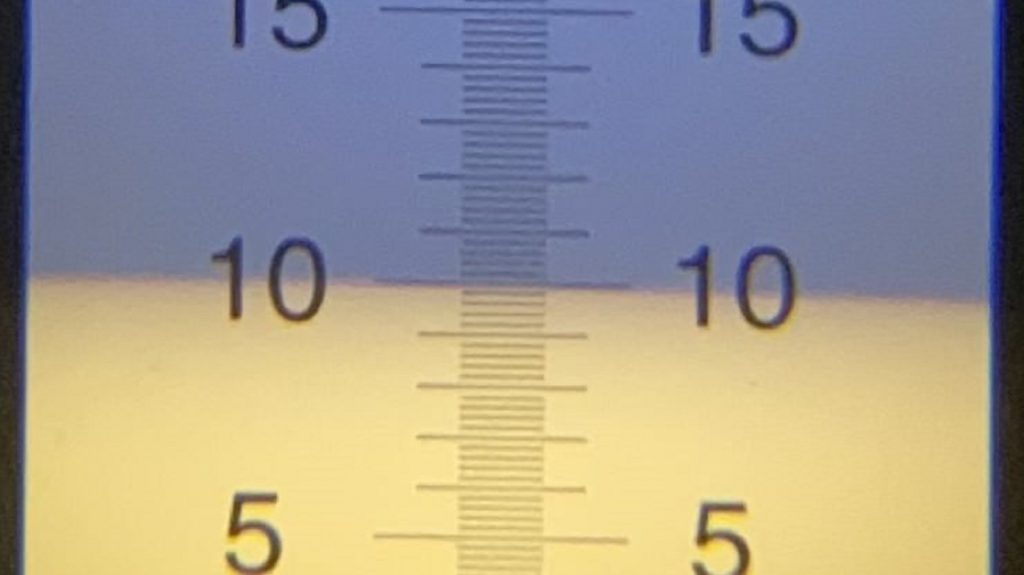
After racking the 72˚F/22˚C wort to a sanitized fermenter, I placed it in my chamber and direct pitched a pouch of Imperial Yeast L05 Cablecar. The time was 12:54 PM for a total brew day time of 3 hours 53 minutes.
The beer was left to ferment in my chamber controlled to 66°F/19°C for 3 weeks before I took a hydrometer measurement showing FG had been reached.
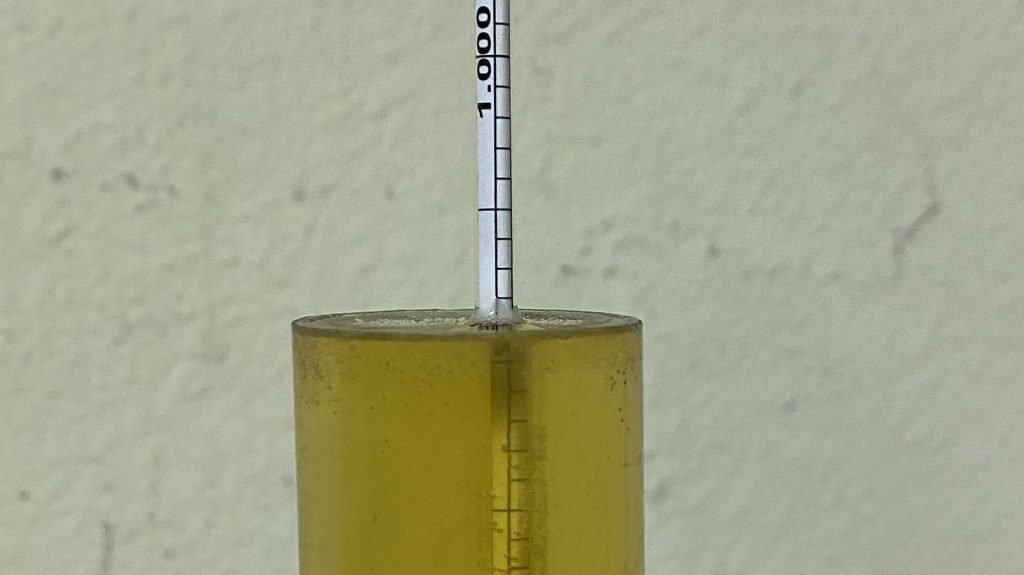
At this point, I transferred the beer to a sanitized keg.
The filled keg was placed in my kegerator and burst carbonated overnight before I reduced the gas to serving pressure. After a week of cold conditioning, it was ready to serve to tasters.
| RESULTS |
A total of 34 people of various levels of experience participated in this Short & Shoddy evaluation. Participants were informed of the specific beer style and provided the BJCP description prior to completing the survey. Tasters were then instructed to rate how hoppy, malty, and dry they perceived the beer to be on a 0-5 scale where a rating of 0 indicated “not at all” and 5 indicated “extremely.”
Tasters were provided a list of common hop, malt, and yeast characteristics then instructed to select from each the one they perceived as being most prominent in the beer.
Hop Characteristics
Malt Characteristics
Yeast Characteristics
Next, participants were asked to indicate whether or not they detected any off-flavors in the beer; those who did were provided a list of common off-flavors and instructed to select the one they perceived as being strongest. Not a single person reported perceiving off-flavors in the beer.
Tasters were then asked to rate how well the beer represented the intended style, based on the provided BJCP description, on a 0-5 scale where 0 meant “not at all” and 5 meant “exactly.”
Finally, tasters were asked to rate how much they enjoyed the beer on a 0-5 scale where 0 indicated they hated it and 5 indicated they loved it.
My Impressions:To my palate, there wasn’t really anything about this beer that particularly stood out to me… which is exactly what I want in a Blonde Ale! I crackery malt character was nicely balanced by a slight yet noticeable American hop note, which the clean fermentation allowed to shine. A very enjoyable and refreshing pint, no doubt!
| CONCLUSION |
Many of the most popular styles these days are known for their embellishments, whether it be a triple dry hopped Hazy IPA or a bourbon barrel aged cinnamon toast Stout. On the other end of the spectrum are styles that offer an arguably less exciting though, dare I say, more refreshing experience, styles like the simple American Blonde Ale.
Known for being nearly as easy to brew as it is to drink, American Blonde Ale isn’t a style brewers tend to get too hung up on when it comes to process, though there are certain steps believed to be essential. Interestingly, despite failing to adjust the water profile, abbreviating both the mash and boil steps, pitching warm, and fermenting warmer than recommended for Imperial Yeast L05 Cablecar, nobody who evaluated this Short & Shoddy American Blonde Ale noticed any off-flavors, and most seemed to enjoy it. The notable characteristics were cracker/bread crust and toasty malt, earthy and fruity hops, and a clean fermentation profile, all of which align nicely with the style.
I’ve brewed a number of batches of American Blonde Ale over the years and agree with tasters that this one was a good representation of the style. Simple, clean, and easy to drink with nothing in particular stealing the show. Yet again, this experience reminded me that while sticking to conventional methods is a good way to make tasty beer, it’s not always necessary.
If you have thoughts about this Short & Shoddy brew, please feel free to share it in the comments section below!
Support Brülosophy In Style!
All designs are available in various colors and sizes on Amazon!
Follow Brülosophy on:
FACEBOOK | TWITTER | INSTAGRAM
If you enjoy this stuff and feel compelled to support Brulosophy.com, please check out the Support page for details on how you can very easily do so. Thanks!


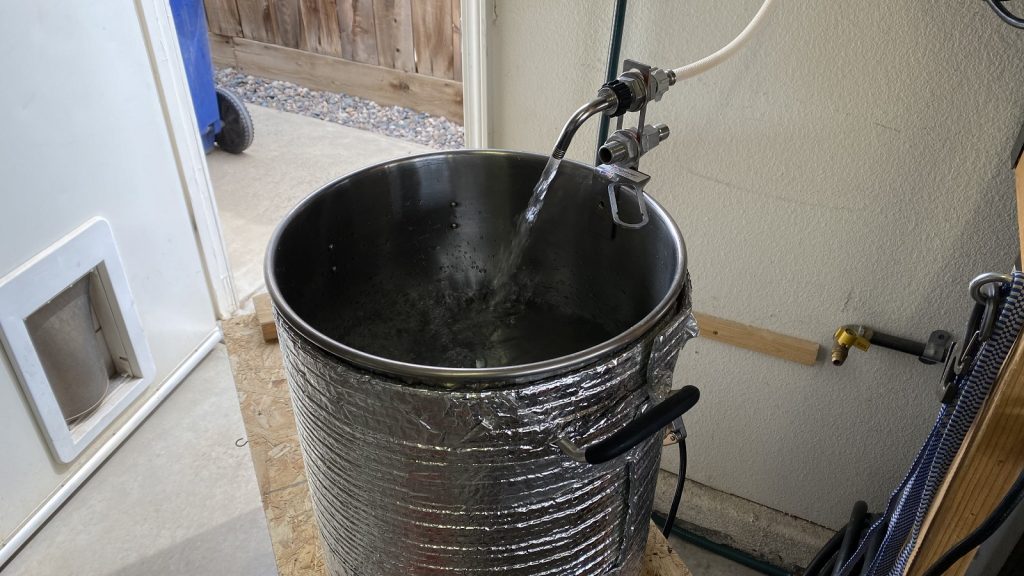
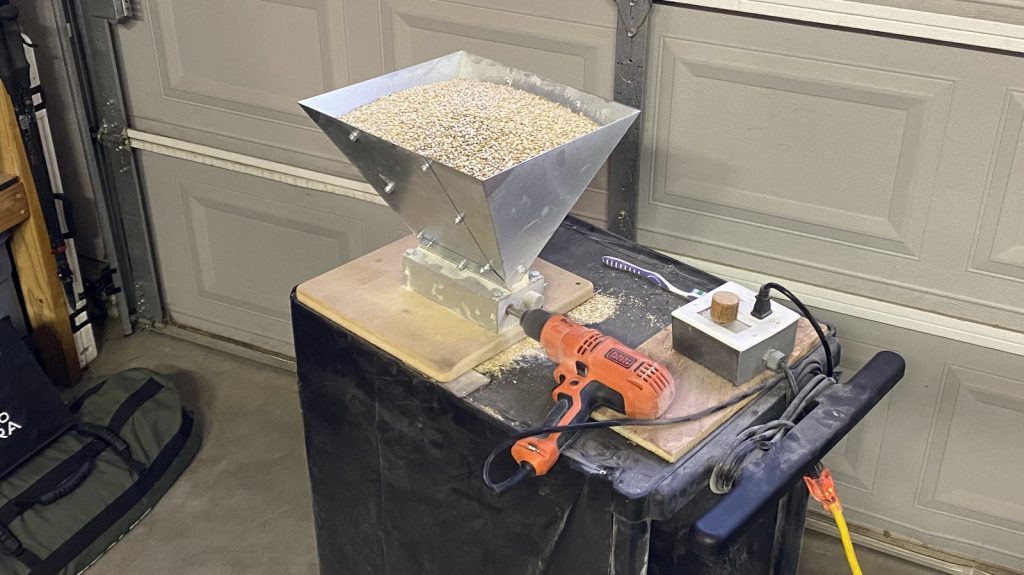
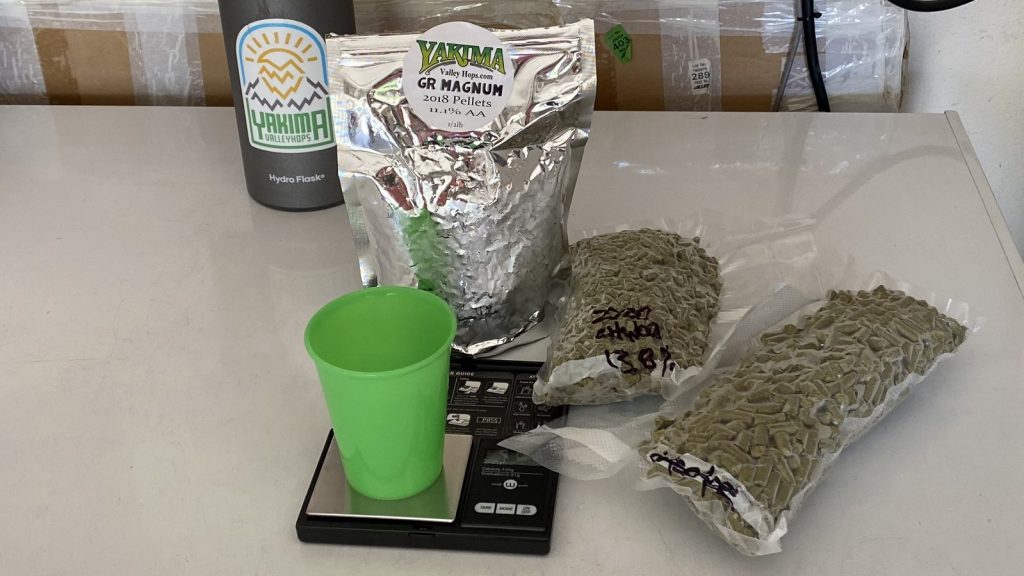
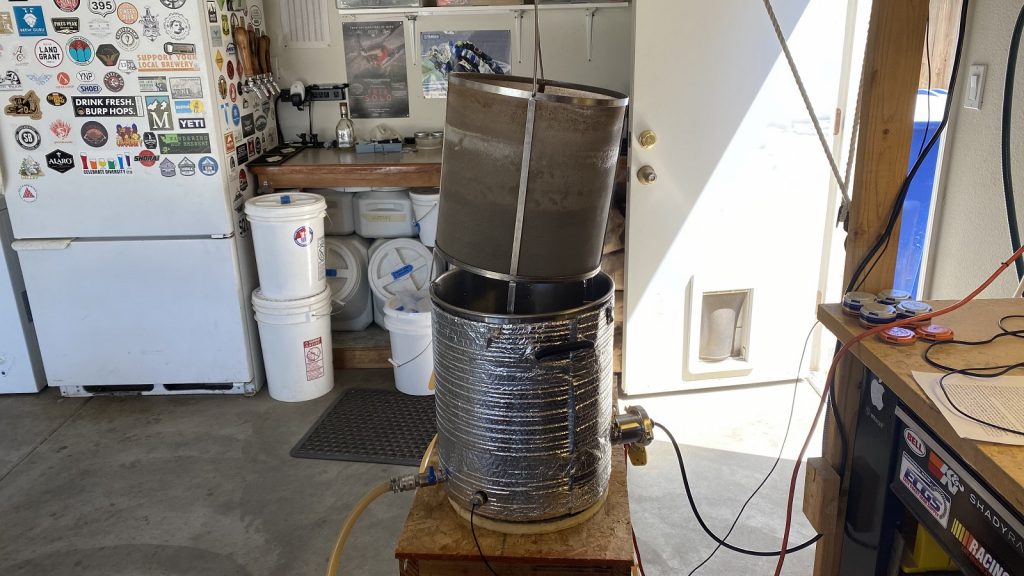
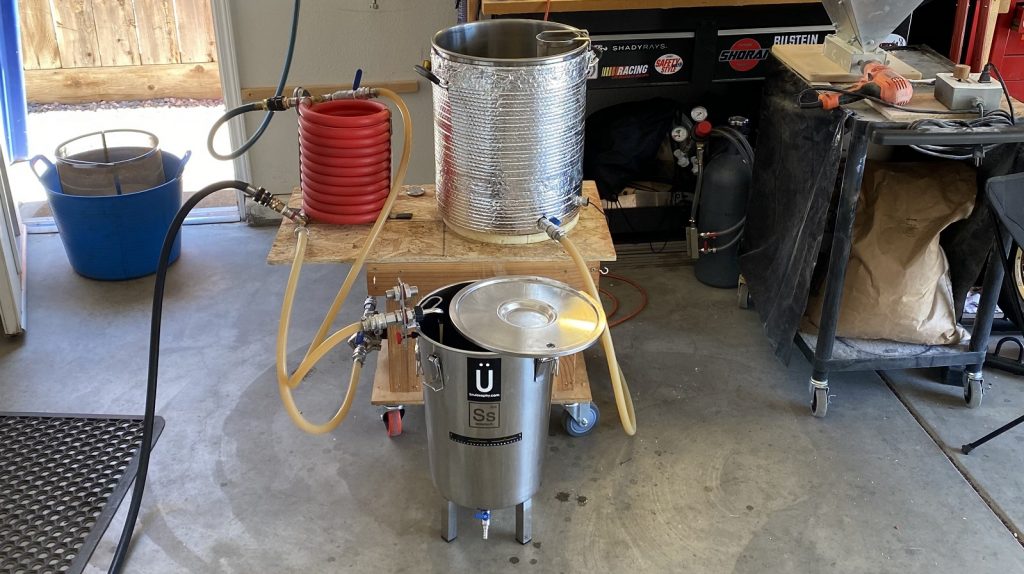
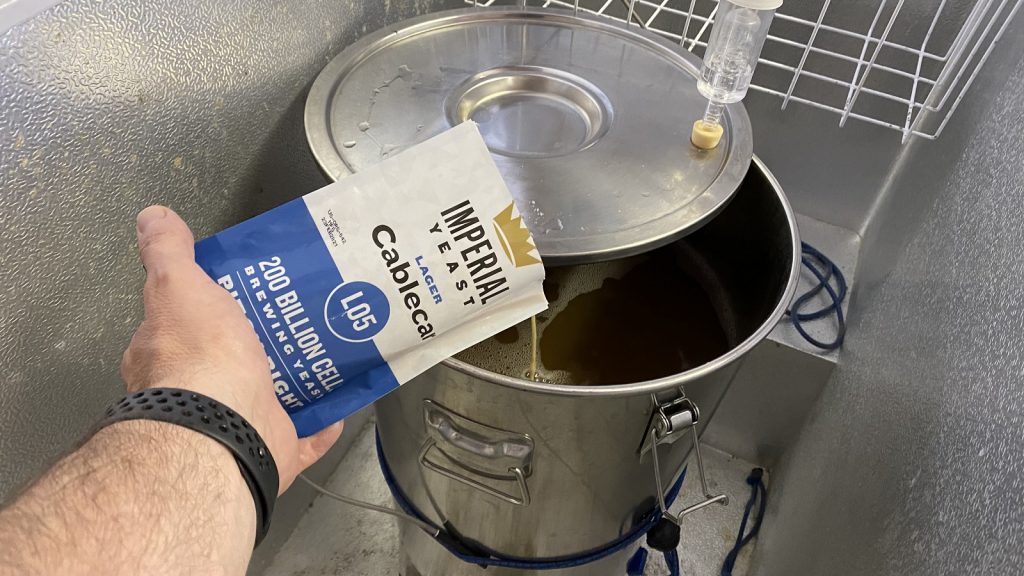
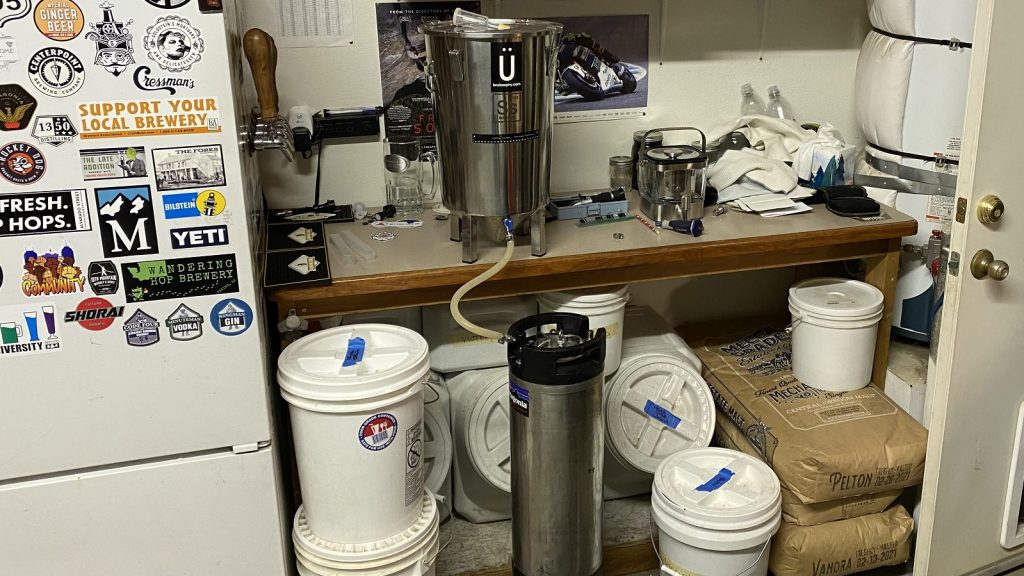
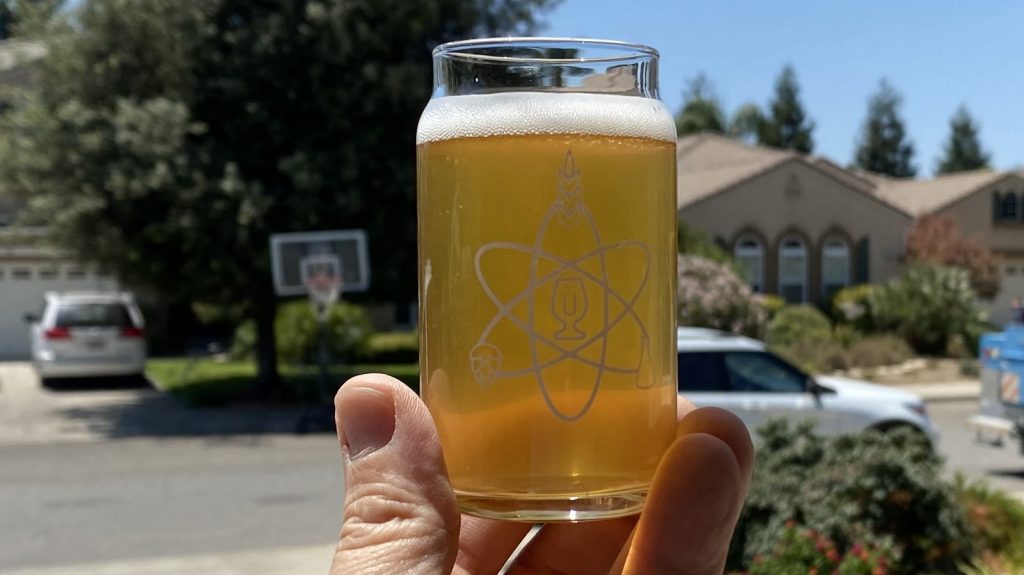
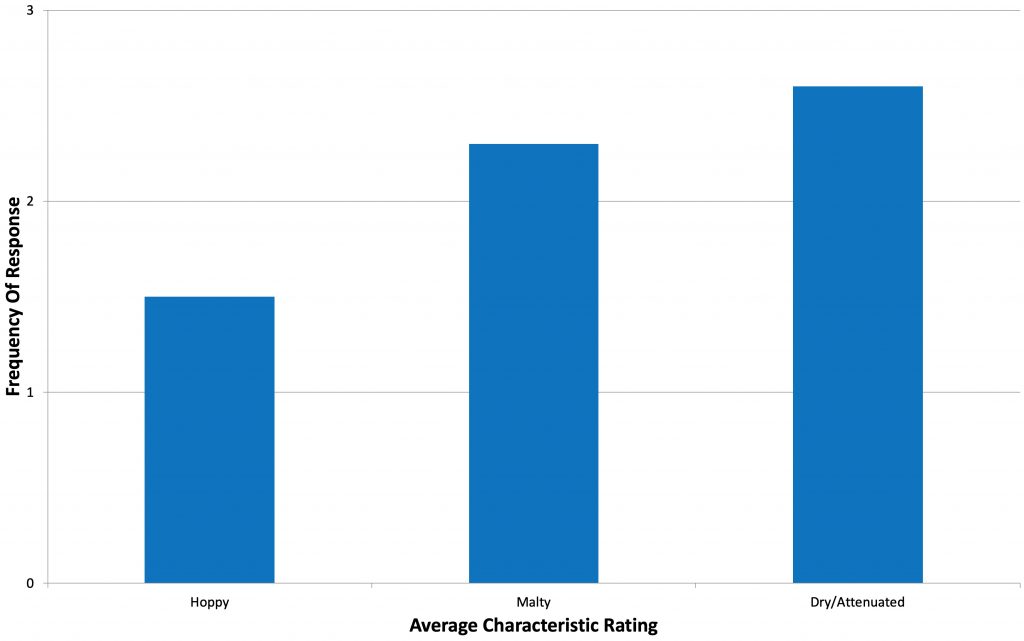
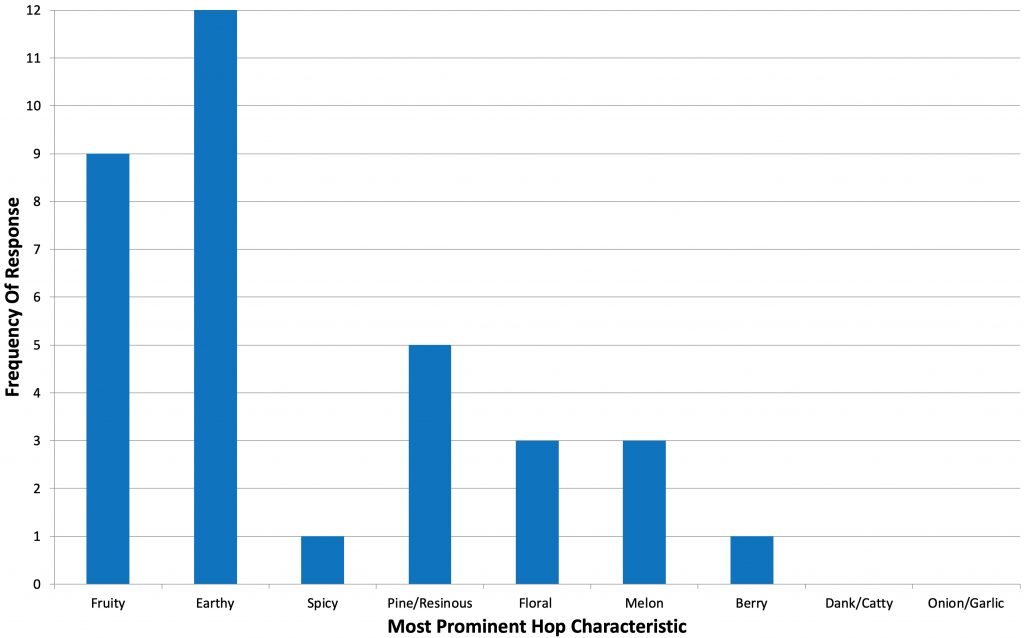
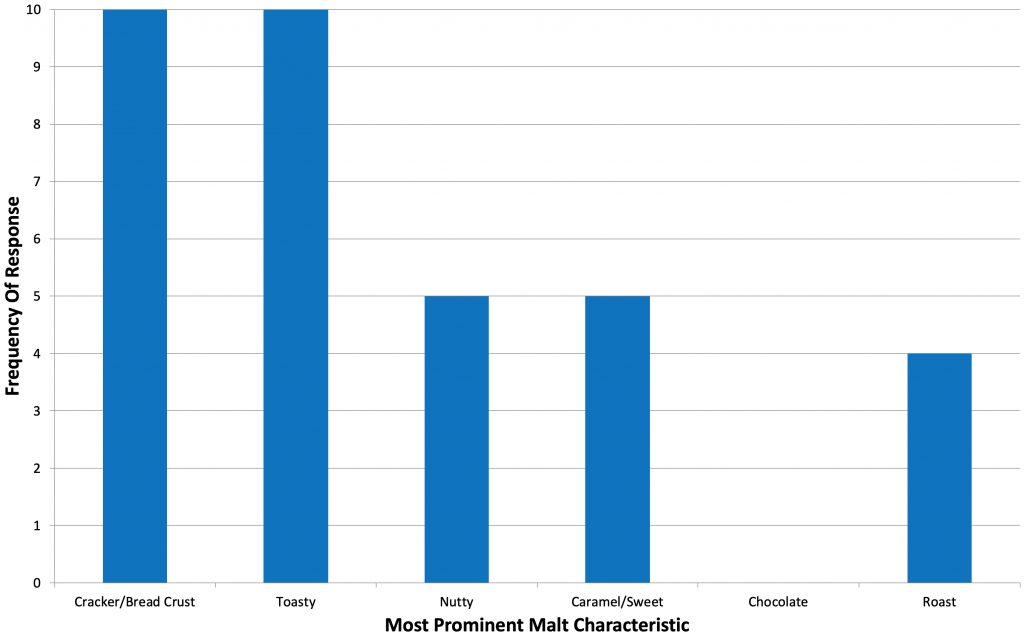
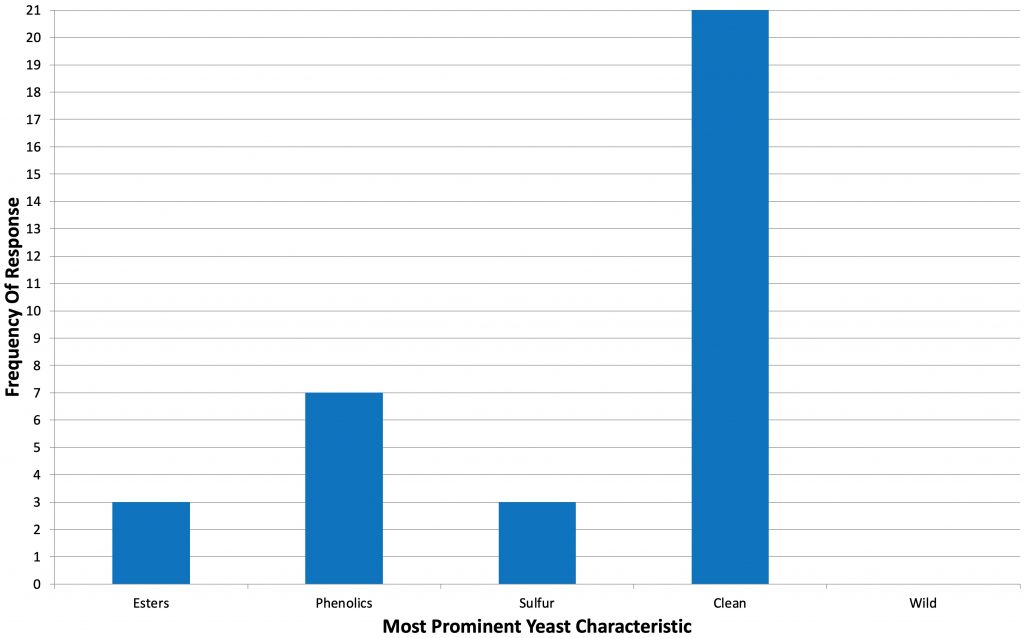
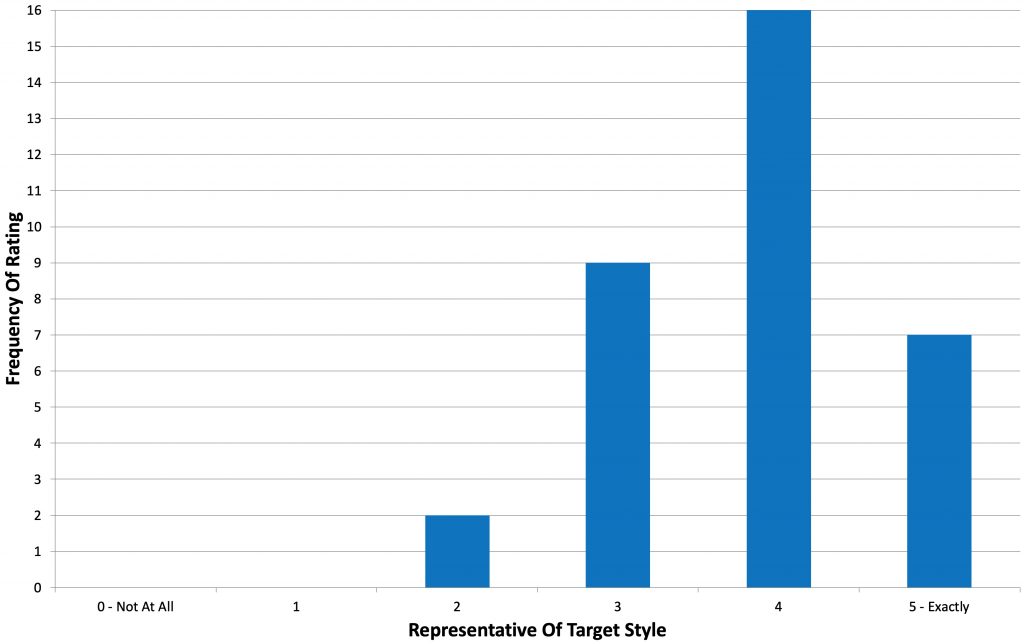
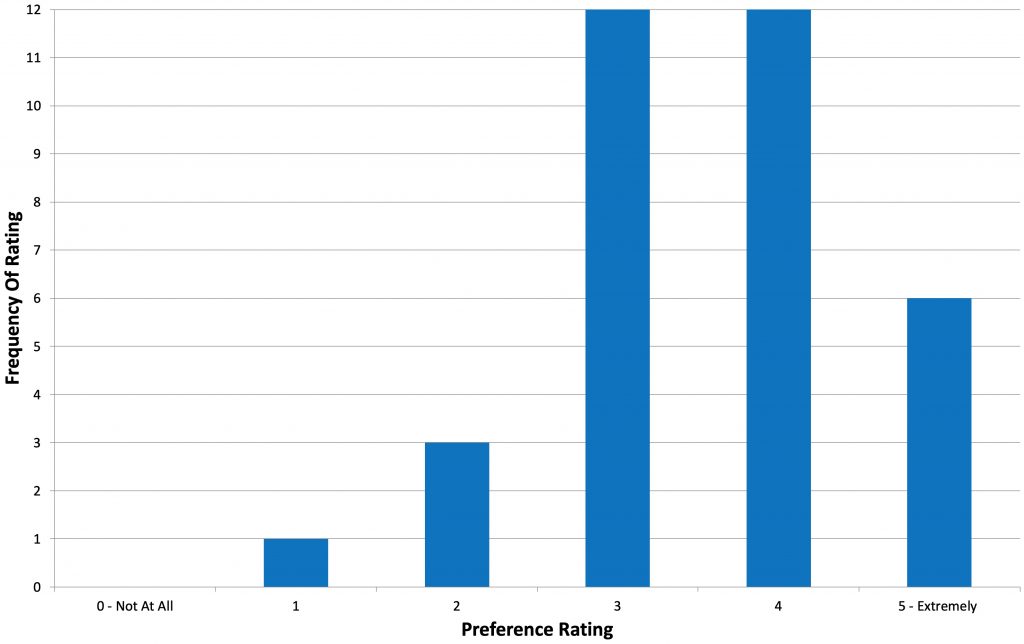











2 thoughts on “Short & Shoddy | American Blonde Ale”
I used to brew those all the time in the early 2000s
Never brewed this style but it sounds fantastic. I did have a commercial example using coffee after primary fermentation was complete and it was actually quite good. Also, have I gone mad or is there no new podcast episode this week?